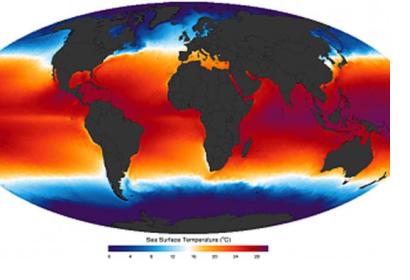Based on the findings of a scientific review of the draft SDGs, the experts have presented in the International weekly journal of science, Nature, five main priorities they recommend the scientific community to follow. These are: Devise metrics, establish monitoring mechanisms, evaluate progress, enhance infrastructure and standardize and verify data. Within the priority of enhancing infrastructure, Earth observation and space-based monitoring play an important role. Together with on-the-ground observation, they could help track changes on large scales in natural-resource availability, landscape patterns and management, and social structure. The authors also emphasize on the importance of data gathering using smart phones and miniature sensors and of free access to image processing, simulation and decision-making tools. “The ICSU should work with international bodies such as the World Meteorological Organization, the UN Educational, Scientific and Cultural Organization, and the UN Environment Programme to shape global monitoring networks to serve the SDGs. This will include changing the missions, objectives and targets of existing global observation systems, including those for climate, oceans and ecosystems,” stated the authors. The United Nations/Germany International Conference on Earth Observation – Global solutions for the challenges of sustainable development in societies at risk taking place from 26 to 28 May 2015 in Bonn, Germany, supports the idea of enhancing capacity building and efforts to institutionalize the use of space-based information for disaster risk reduction in developing countries and it will serve to provide a setting for decision makers and experts to agree on ways to use Earth Observation.

